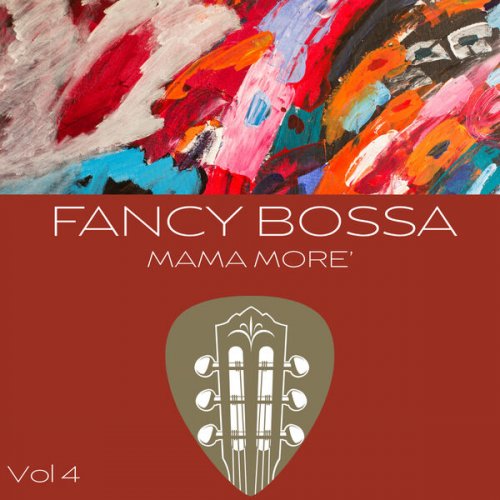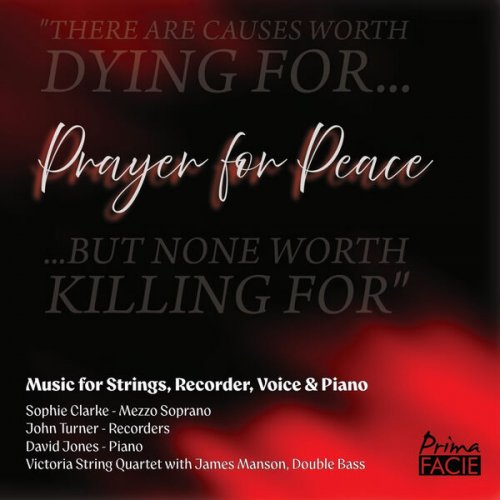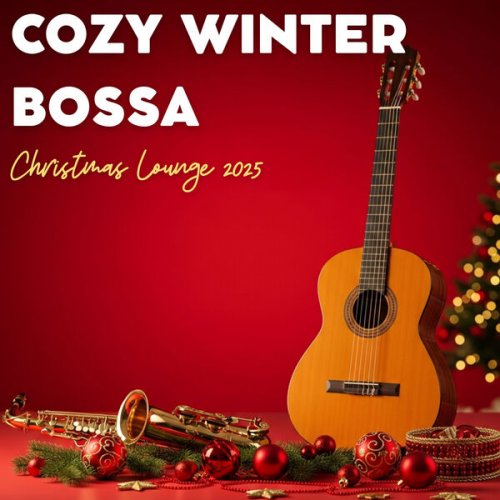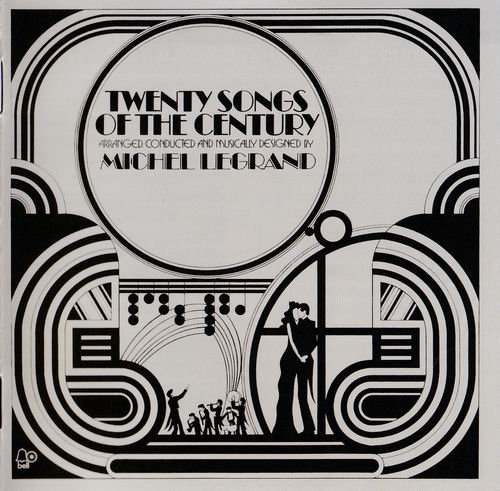Allison Brewster Franzetti - 20th Century Piano Sonatas (2007)
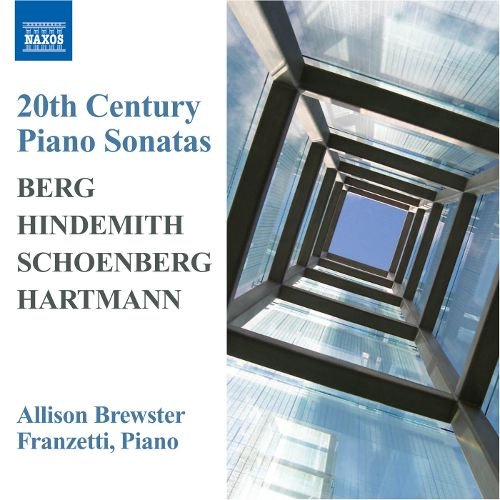
Artist: Allison Brewster Franzetti
Title: 20th Century Piano Sonatas
Year Of Release: 2007
Label: Naxos
Genre: Classical
Quality: FLAC (image + .cue, log, scans)
Total Time: 01:04:53
Total Size: 216 MB
WebSite: Album Preview
Tracklist:Title: 20th Century Piano Sonatas
Year Of Release: 2007
Label: Naxos
Genre: Classical
Quality: FLAC (image + .cue, log, scans)
Total Time: 01:04:53
Total Size: 216 MB
WebSite: Album Preview
Alban Berg (1885-1935)
01. Piano Sonata, op. 1 - 10:51
Paul Hindemith (1895-1963)
Piano Sonata No. 2
02. I. Mäßig schnell - 03:01
03. II. Lebhaft - 02:05
04. III. Sehr langsam - Rondo: Bewegt - 07:11
Arnold Schoenberg (1874-1951)
Drei Klavierstücke
05. I. Andantino - 03:30
06. II. Andantino grazioso - 03:52
07. III. Presto - 03:04
Karl Amadeus Hartmann (1905-1963)
Piano Sonata, '27 April 1945'
08. I. Bewegt - 04:47
09. II. Scherzo: Presto assai - 03:50
10. III. Marcia Funebre: Lento - 10:29
11. IV. Allegro risoluto (1st version) - 06:29
12. IV. Allegro furioso (2nd version) - 05:41
Allison Brewster Franzetti's debut on Naxos invites the listener to compare and contrast four early modern piano works, performed with muscular vigor and sharp intelligence, and presented in a terrific-sounding album. However, this disc's title is slightly inaccurate, for among the twentieth century piano sonatas by Alban Berg, Paul Hindemith, and Karl Amadeus Hartmann is placed Arnold Schoenberg's Three Piano Pieces, which is neither a sonata nor even of the same century as the other works, as it dates from 1894. This may seem a minor quibble, but the sentimental fin de siècle style of Schoenberg's parlor pieces puts them at odds with Berg's searching and unsettled Piano Sonata, Op. 1, Hindemith's dryly contrapuntal Piano Sonata No. 2, or Hartmann's grim wartime study, the Piano Sonata, "27 April 1945," all of which are more truly representative of modernism and of adaptations to sonata form made in that period. Furthermore, the quality of expression changes dramatically between the post-Romantic and modern styles, and Schoenberg's youthful effusions seem innocuous and trivial in comparison with the other mature, serious offerings. Yet a case can be made that including these rather conventional and approachable miniatures gives the average listener some basis for judging Berg's advanced chromatic tonality, Hindemith's neo-classical formalism, and Hartmann's austere and strident expressions; Franzetti's program provides a good introduction to trends in European keyboard music in the first decades of the twentieth century. -- Blair Sanderson
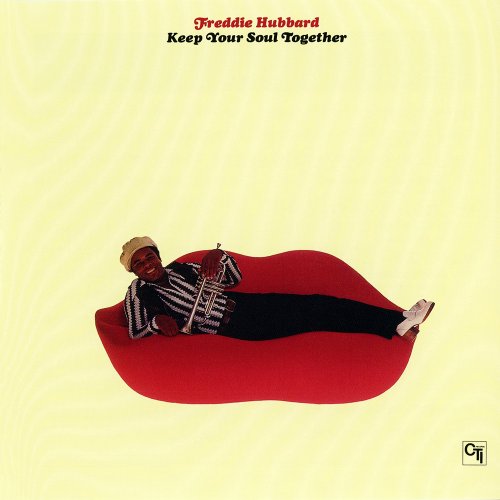
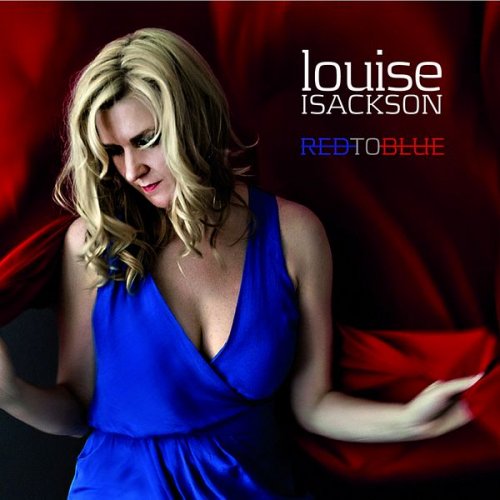
![Tomasz Stanko - Unit (Polish Radio Sessions vol. 2/6) (2025) [Hi-Res] Tomasz Stanko - Unit (Polish Radio Sessions vol. 2/6) (2025) [Hi-Res]](https://www.dibpic.com/uploads/posts/2025-12/1765796826_cover.jpg)
